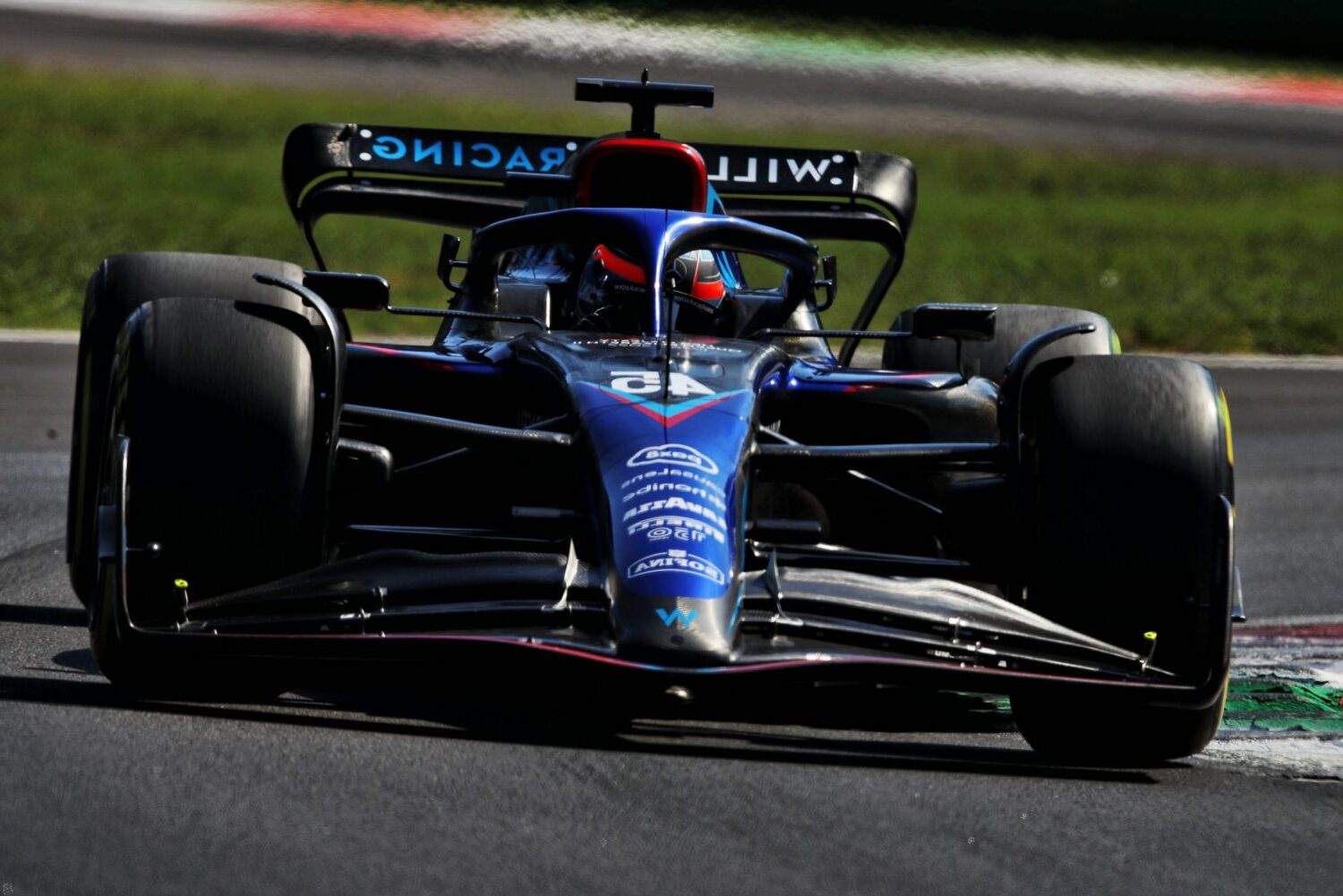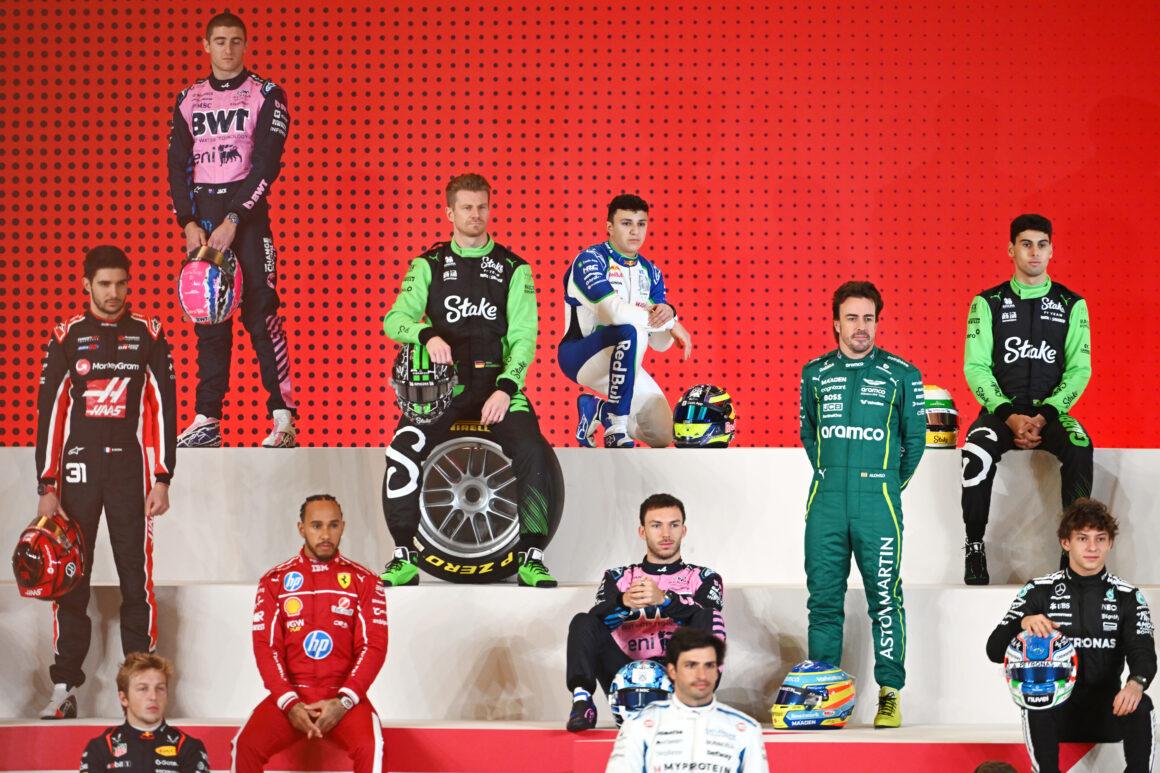Brake Balance F1 Definition
In Formula 1, brake balance or brake bias is the distribution of brake force at the front and rear tires. It is defined as the ratio of braking force between the car’s front and rear brakes. Drivers can adjust the bias of how much brake pressure goes from the pedal to the front and rear brakes using the brake balance dial. In dry conditions, drivers want more brake pressure on the front of the car than the rear – usually a 60:40 or 55:45 split. Brake balance, also known as brake bias, is critical to the stability of a racing car during braking and during turn-in phase, too much rear bias will cause oversteer while more front bias will cause understeer on corner entry.
Brake Balance in depth
With the brake balance dial, drivers can alter the bias of how much brake pressure is applied to the front and rear brakes. This aids them in maintaining control of the vehicle while braking, especially when turning.
Drivers should apply more braking pressure to the front of the automobile than the rear in dry conditions, typically 60:40 or 55:45. This is as a result of the car’s weight shifting forward while braking and the front brakes’ superior ability to slow down the vehicle. Drivers must alter the brake balance to suit the handling though, as the car’s weight, balance, and tire performance change throughout a race.

Drivers will shift the braking bias further to the rear in rainy circumstances since the front brakes are more likely to lock up. This lessens the likelihood of the vehicle spinning out of control. Since 2014, the arrangement may now include a motorized control system for the rear brakes (used in conjunction with ERS), which improves the vehicle’s braking performance.
Brake balancing adjustment is a sensitive process that needs the driver’s complete focus. The rear wheels could rise off the ground during strong braking if the balance is too heavily weighted toward the front, which would cause the automobile to spin. The front brakes may lock up if the balance is tilted too far to the front, preventing the car from turning into the bend and forcing it to slide straight ahead.
Finally, brake balance is an important component of F1 racing that enables drivers to keep control of their cars while braking. To get it correctly, it takes talent and expertise, and even minor changes can have a significant impact on lap times. The driver’s usage of the brake balancing dial may therefore be the secret to their success, so pay attention to it the next time you’re watching a race.

